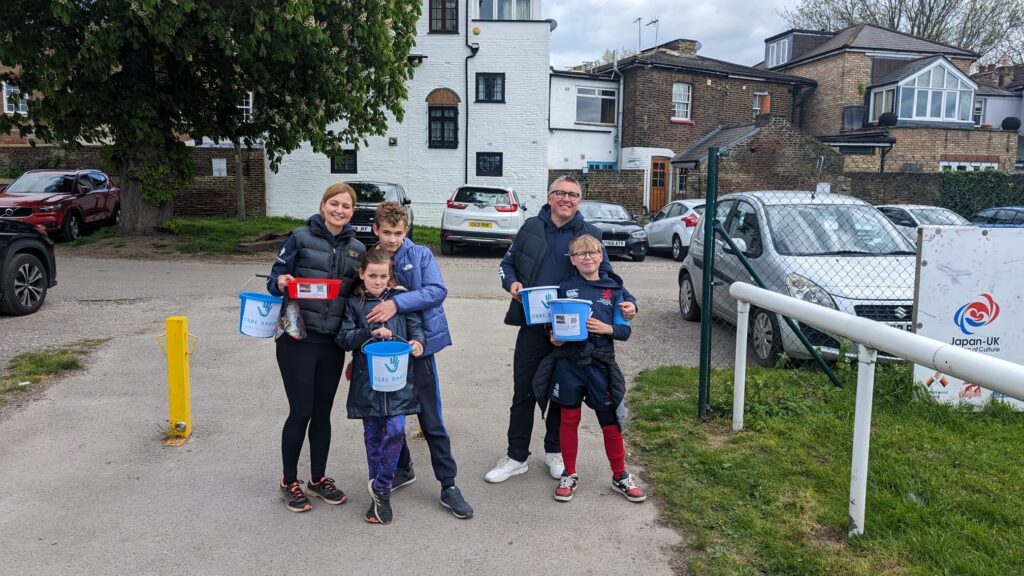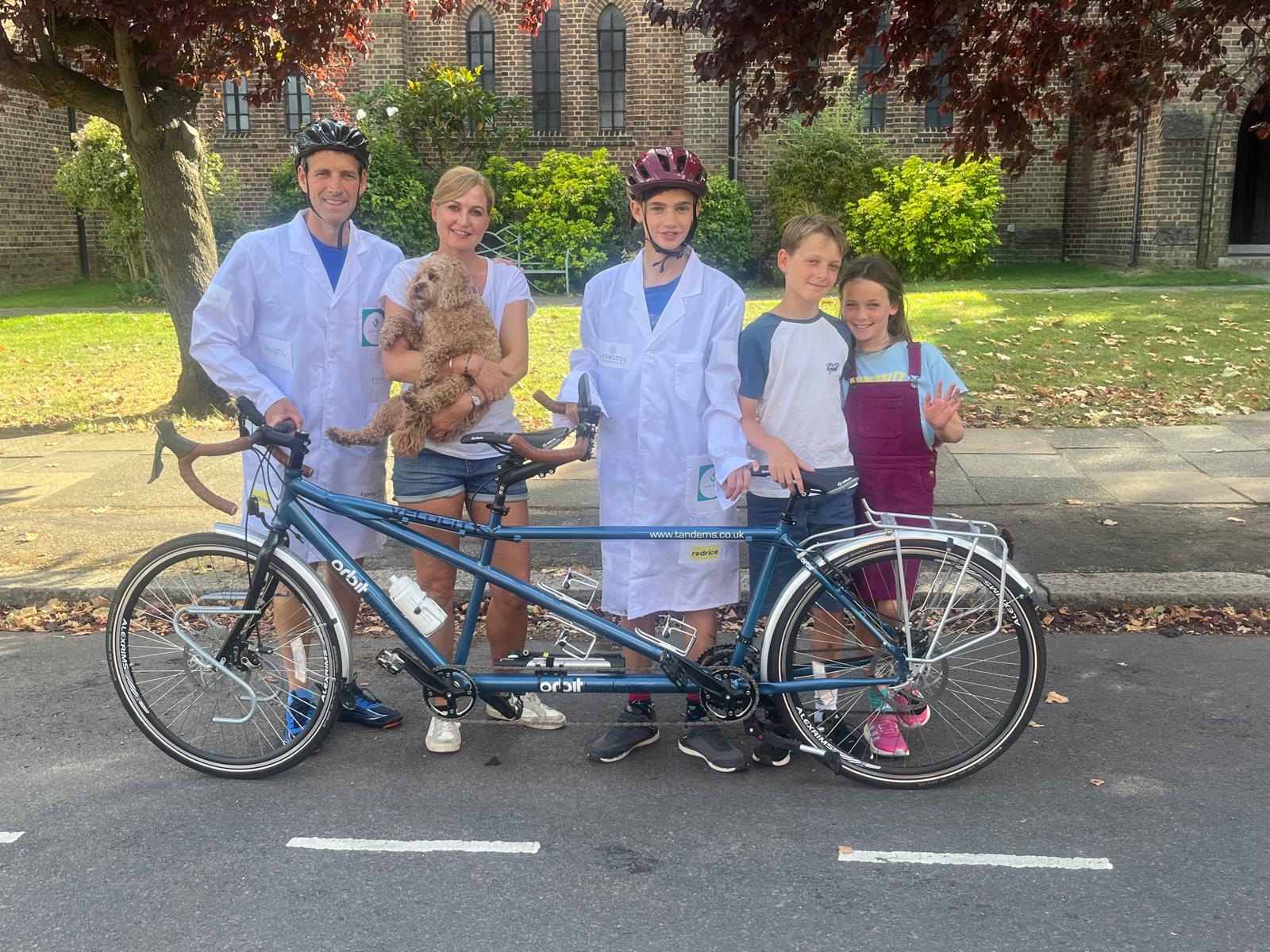
11th February 2024
When two of her three children were diagnosed with an ultra-rare genetic condition called DHDDS, Mel was told something no parent ever wants to hear: there was no treatment, little research, and no established pathway to understand the disease better. This genetic mutation, often neurodegenerative, is characterised by tremors, myoclonus, learning difficulties, and seizures—symptoms that worsen over time. Faced with this daunting diagnosis, Mel harnessed her tenacity and embarked on a mission to change the course of her children’s future.
In April 2023, after participating in the Beacon Mentorship Training Scheme, Mel founded Cure DHDDS, a charity dedicated to both supporting patients and driving research into this ultra-rare condition. Setting up a charity from scratch is no small feat, and countless hurdles, challenges, and uncertainties marked Mel’s journey. Yet, through determination, she turned obstacles into opportunities, using her experiences to help shape a better future for others affected by DHDDS mutations.
The story of Cure DHDDS is a perfect example of the role that organisations like the Rare Disease Research Network (RDRN) aim to support and amplify. Mel’s experience highlights the many hurdles rare disease advocates face, from building patient communities to engaging with researchers and raising funds. The RDRN, which launches this November, is designed to make such journeys less daunting and more achievable by providing essential resources, mentorship, and networking opportunities for people like Mel who are ready to lead patient-driven research initiatives.
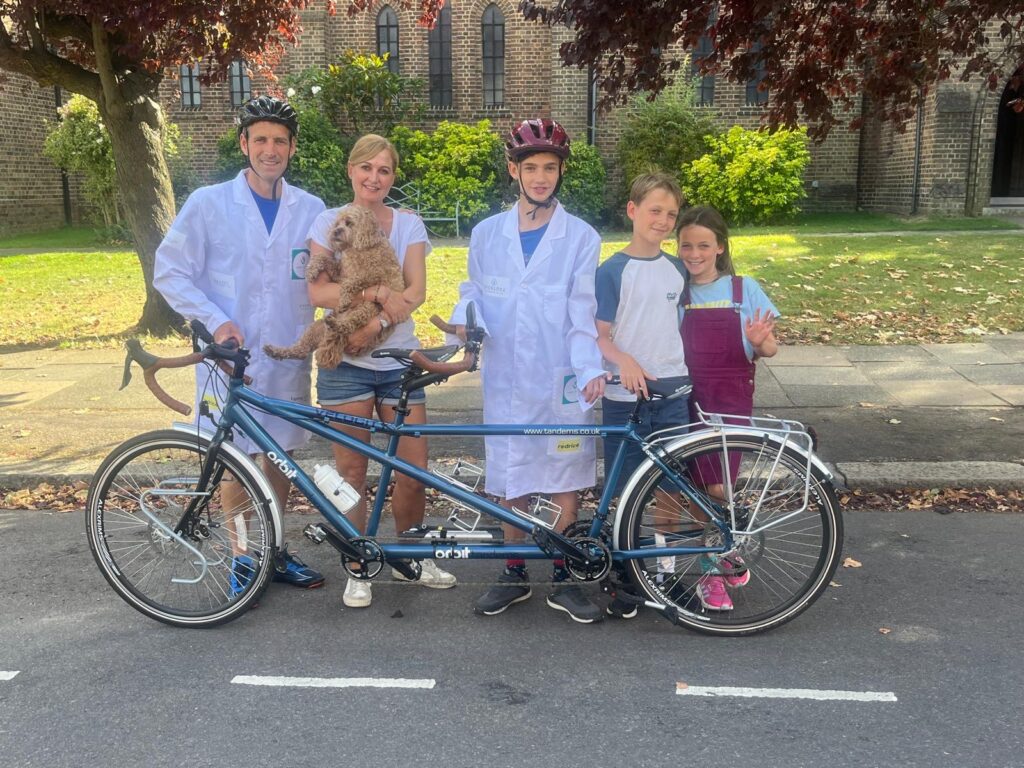
When Mel first received her children’s diagnosis, she was given little more than a name—DHDDS—and the harsh reality that almost no research existed on the condition. Yet, amidst the uncertainty, the few specialists she met offered one crucial piece of advice: if she wanted to see progress, she would need to lead the research herself, starting by establishing a charity and connecting with those who could support her mission. Mel took this to heart, launching into action by building a network and laying the foundation for meaningful change.
She started by writing to every scientist who had ever published a paper on DHDDS mutations. This was no easy task, and often, there was silence at the other end. Yet, slowly, her efforts began to pay off. Through relentless outreach, she connected with researchers and started to build what would become Cure DHDDS’s scientific advisory board. These experts guided her on the next steps: growing the patient community and creating a natural history of the disease.
At the time, only one other known DHDDS patient was located in Canada. Despite this isolation, Mel’s efforts to connect people through social media, media outreach, and scientific networks soon expanded the DHDDS community to over 100 families affected by the mutation, including families with similar conditions, such as NUS1.
For Mel, this was the first victory in a long battle. Connecting with other families not only provided emotional support but also critical insights into the varied ways this mutation affected people. These connections laid the foundation for a patient registry to help researchers better understand the disease’s progression.
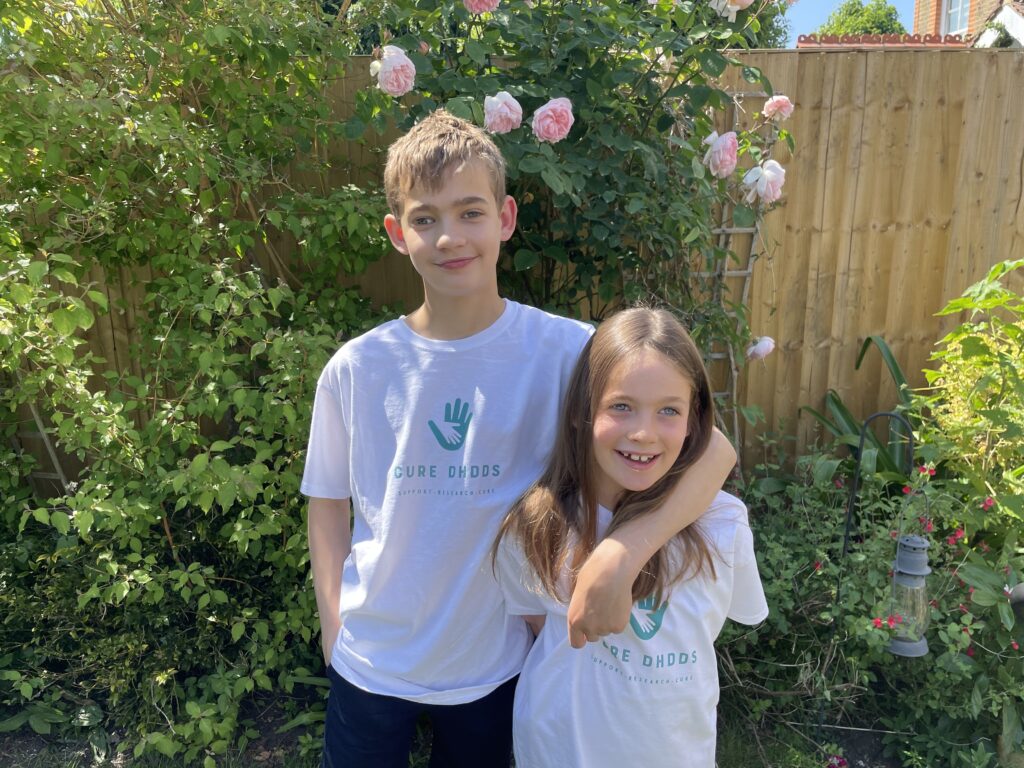
One key hurdle for rare disease advocates is the need for accurate disease models to guide research. Cure DHDDS needed a way to study the genetic mutation in a lab setting. Through tireless efforts, Mel and her team discovered a DHDDS mouse model in Canada that closely mimicked the human condition. This discovery was pivotal—it allowed researchers to begin understanding the mechanisms of the disease.
Additionally, skin biopsies and blood samples from Mel’s children and other DHDDS patients became a valuable resource for researchers. Using these samples, scientists could create induced pluripotent stem cell (iPSC) lines and even develop brain organoids—miniature, lab-grown models of the human brain that simulate the effects of the disease. These developments are crucial for understanding the progression of DHDDS and screening potential future treatments.
Despite these successes, funding has been one of the most significant challenges for Cure DHDDS. Pharmaceutical companies and government grants are often out of reach for such a small and ultra-rare disease community. Undeterred, Mel turned to grassroots fundraising, organising events such as auctions, golf days, bike rides, and community walks. These efforts have allowed her to raise the money needed to kickstart the research process. Now, with preliminary data in hand, she hopes that scientists will be able to secure larger grants to take this research to the next level.
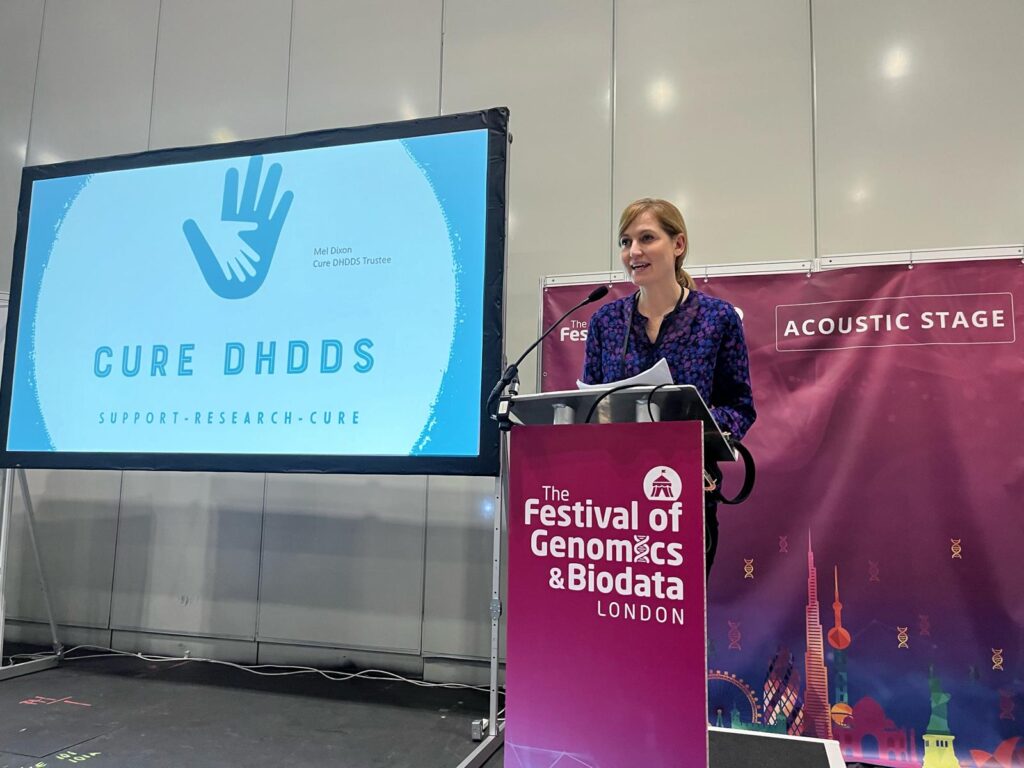
Throughout her journey, Mel has consistently returned to one key piece of advice: to connect. Whether with other patients, rare disease advocacy groups, or researchers, these connections are the mainspring of any rare disease community. Through these networks, people can find the support, knowledge, and collaboration needed to drive change.
This need for connection is precisely what the Rare Disease Research Network (RDRN) is designed to address. The RDRN is an inclusive, supportive networking hub that brings together patients, researchers, and advocacy groups. It offers mentorship and resources to help individuals like Mel navigate the complex research world. The RDRN aims to empower rare disease patients to take control of their research journeys by facilitating matchmaking between patients and scientists and providing upskilling opportunities.
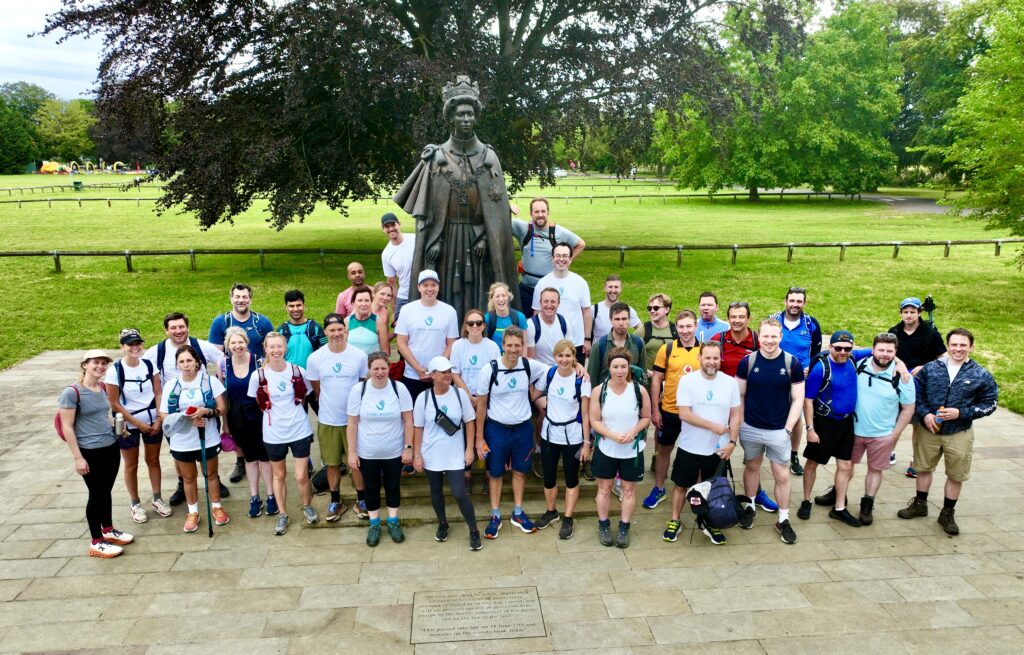
Mel Dixon’s story is far from over. The work she and her charity have initiated is just the beginning. With a growing patient community, a dedicated group of scientists, and discoveries about the nature of DHDDS mutations, the future holds real promise. But none of this would have been possible without her determination to drive the research forward despite overwhelming odds.
As the Rare Disease Research Network launches this November 2024, it hopes to make journeys like Mel’s more attainable for others. By offering the support, resources, and connections so desperately needed, the RDRN aims to propel the creation of new, patient-driven research opportunities. By working together, patients and scientists can forge a path toward real, meaningful change for rare disease communities, embodying Mel’s crucial advice to build connections that are key to facilitating the research journey.
Mel Dixon’s story highlights that those affected by rare diseases and their supporters know their conditions best. Her story is one of inspiration; through the RDRN, more people will have the chance to follow in her footsteps, turning challenges into breakthroughs and hope into action.
